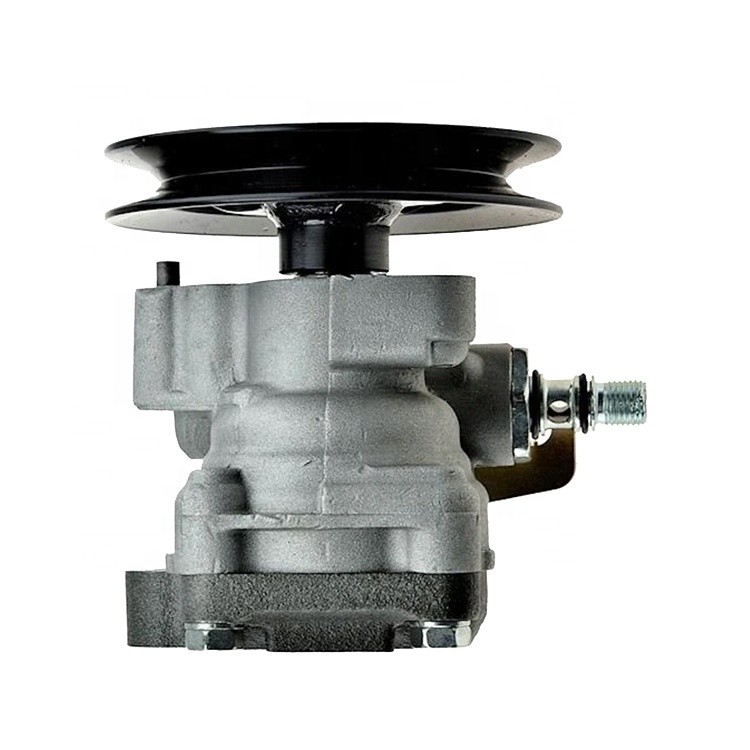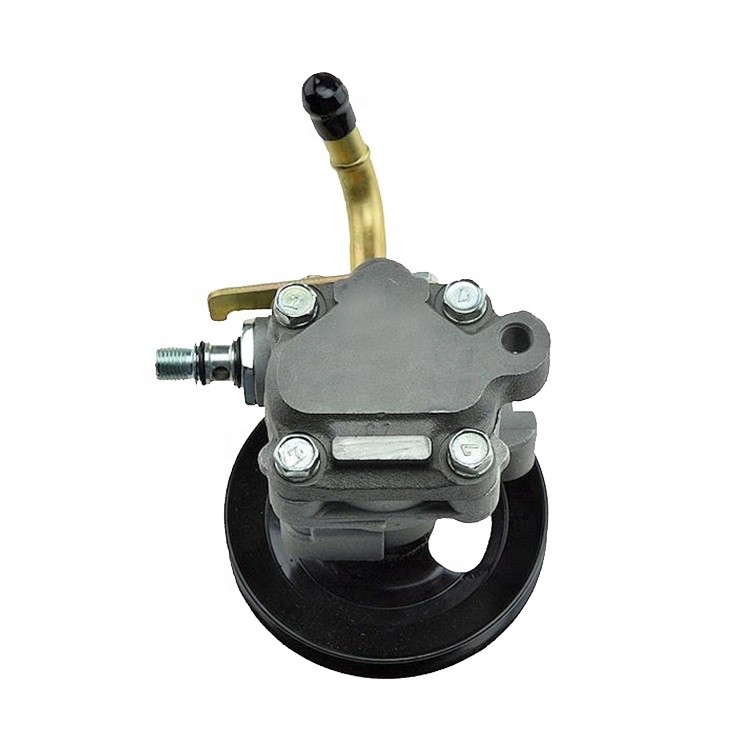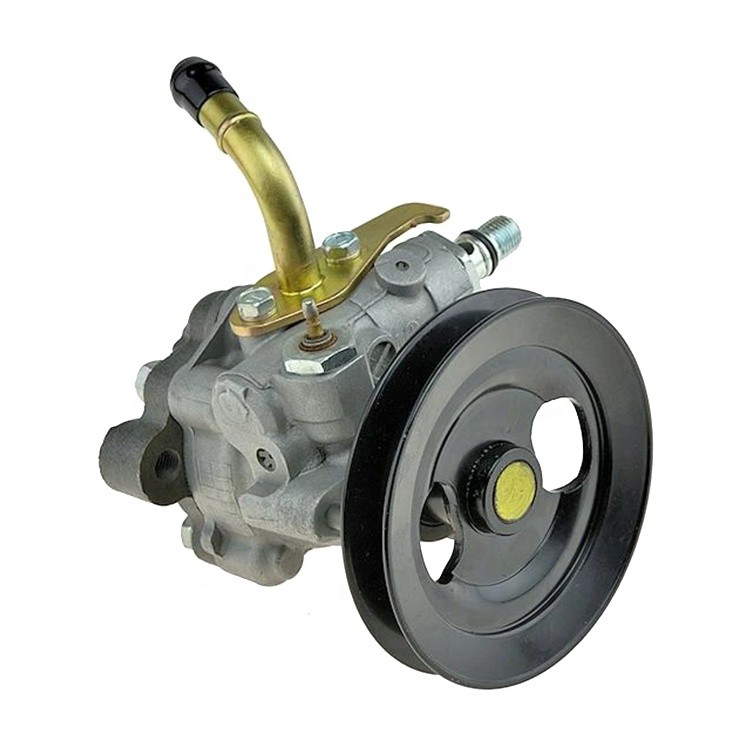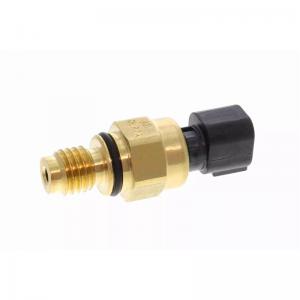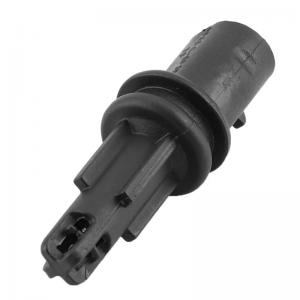Power Steering Pump
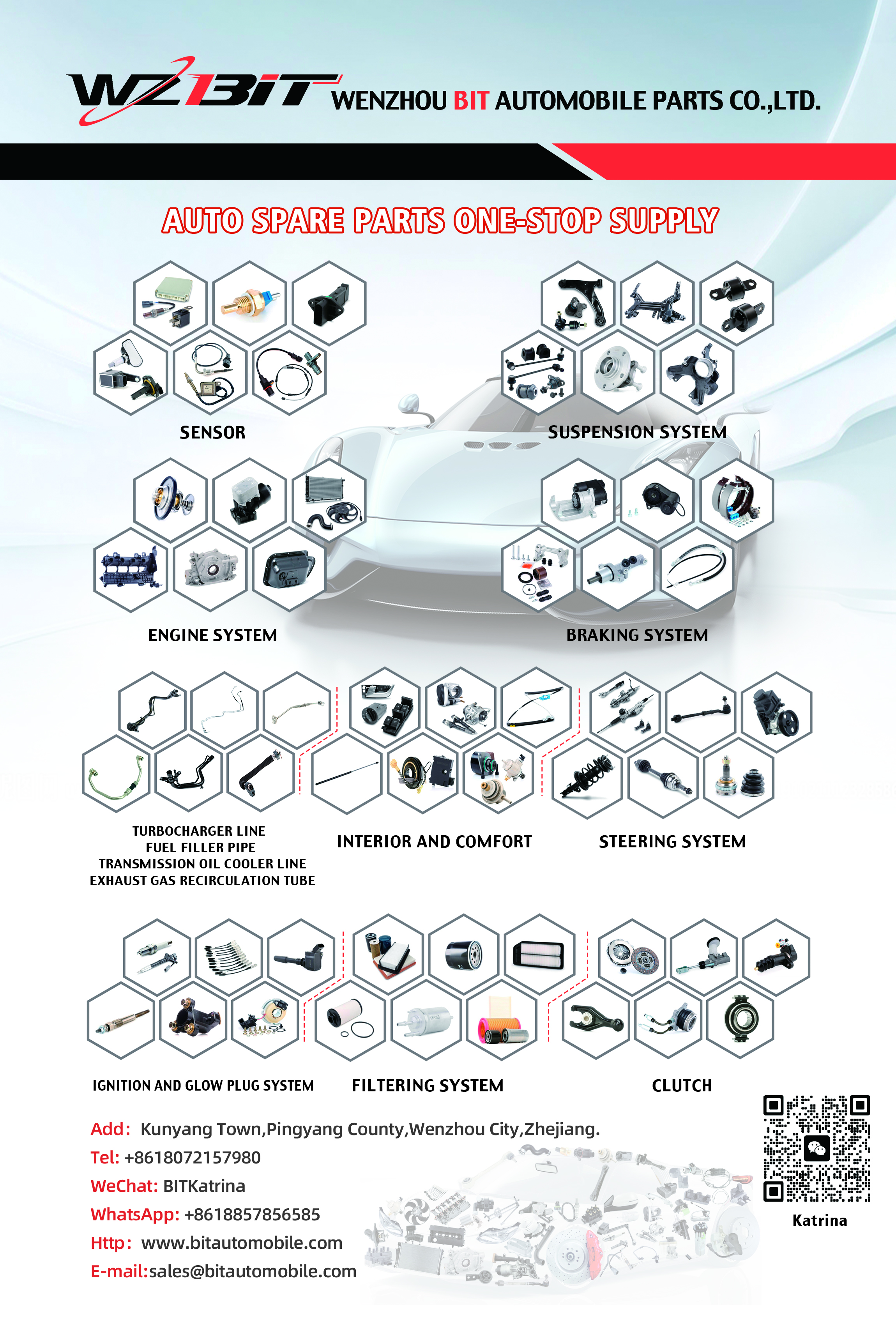
The power steering pump is a critical component in modern vehicles equipped with power steering systems.
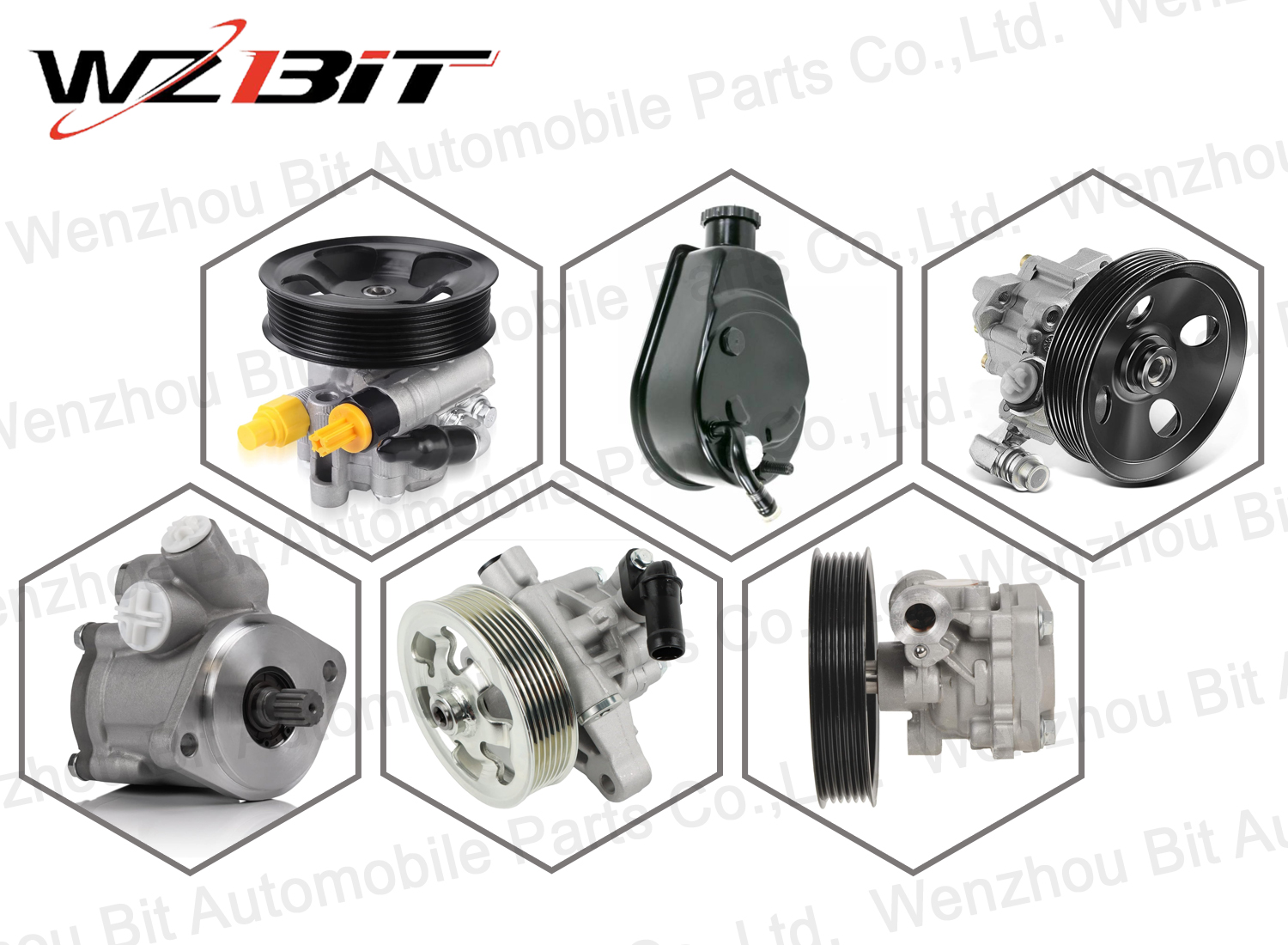
OE Number
MB501281
MB501628
Compatible Applications
| MITSUBISHI L 300 Bus (LO3_P/G, L0_2P) (1980/05 - 1987/02) |
| MITSUBISHI L 300 STARWAGON Bus (P0_W, P1_W, P2_W, SD, SE, SF, SG, SH, S (1986/11 - /) |
| MITSUBISHI L 300 Box (P0_W, P1_W, P0_V, P1_V, P_2V, P2_W) (1986/11 - 2013/09) |
| MITSUBISHI L 300 Platform/Chassis (L03_P) (1980/05 - /) |
| MITSUBISHI L 300 Platform/Chassis (P1_T ) (1994/04 - 2000/04) |
Function
The power steering pump is responsible for supplying pressurized hydraulic fluid (power steering fluid) to the power steering system. This pressurized fluid assists in reducing the effort needed to turn the steering wheel, especially at low speeds and during parking maneuvers.Location
Typically mounted on the front of the engine, the power steering pump is driven by a belt connected to the engine's crankshaft or accessory belt system. It draws power from the engine to operate.
Components
- Pump Body: Houses the internal components and fluid reservoir.- Pulley: Attached to the pump shaft, which rotates to generate hydraulic pressure.
- Internal Gear or Vane Mechanism: Depending on the pump type (commonly rotary vane or gear pump), this mechanism pressurizes the power steering fluid.
- Fluid Reservoir: Stores power steering fluid and provides a means for fluid expansion and contraction due to temperature changes.
- Pressure Relief Valve: Ensures that the hydraulic pressure does not exceed safe limits, protecting the steering system components.
Operation
- When the engine is running, the power steering pump spins, creating hydraulic pressure by circulating power steering fluid through the system.- As the driver turns the steering wheel, hydraulic pressure from the pump assists in moving the steering rack or gearbox, reducing steering effort.
Types of Power Steering Pumps
- Hydraulic Power Steering Pump: Most common in older vehicles and some newer models, these pumps use hydraulic fluid to assist steering.- Electric Power Steering Pump: Found in many modern vehicles, especially those with electric power steering systems. These pumps are driven by an electric motor rather than being belt-driven.
Maintenance and Repair
- Fluid Maintenance: Regular checks and replacement of power steering fluid as recommended by the vehicle manufacturer.- Belt Inspection: Periodic inspection and adjustment of the drive belt to ensure proper tension and operation.
- Component Replacement: If the power steering pump fails (e.g., due to internal wear or seal failure), it may need to be replaced to restore steering assist functionality.
Signs of Power Steering Pump Issues
- Whining Noise: Often heard when turning the steering wheel, indicating low fluid level or pump issues.
- Difficulty Steering: Increased effort required to turn the steering wheel, especially at lower speeds.
- Fluid Leaks: Visible leaks around the pump or fluid reservoir.
In summary, the power steering pump is essential for providing hydraulic assistance to the steering system, reducing driver effort and enhancing vehicle maneuverability. Proper maintenance and timely replacement of components are crucial for ensuring reliable and responsive steering performance.
Send your message to us:


